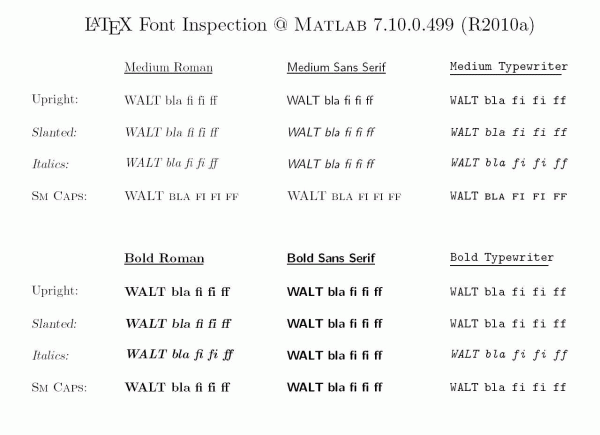

- #Matlab r2013a crash open m file how to#
- #Matlab r2013a crash open m file manual#
- #Matlab r2013a crash open m file code#
- #Matlab r2013a crash open m file mac#
However, this ability is limited to objects of a reasonable size, and can be slow. It’s a little tricky to use at first, but the ability to pass objects between R and MATLAB can be very useful. R.matlab is a package that communicates with MATLAB, can read and write MAT files, and can pass objects to (and receive objects from) MATLAB.

#Matlab r2013a crash open m file code#
Option 2: Use R.matlab to send code to the MATLAB server Simply type exit to close the MATLAB connection and return to R. The double bracket ( >) indicates that we’re still in the MATLAB environment. To see an example of the last con – “If there is an error in your code, the execution will stop and MATLAB will remain open until you re-type exit” – suppose I had mis-spelled display as displya: system('matlab -nodisplay -r "a=2 b=1 displya(a+b) exit "')įor product information, visit Undefined function 'displya' for input arguments of type 'double'. To get started, type one of these: helpwin, helpdesk, or demo. System('matlab -nodisplay -r "a=2 b=1 display(a+b) exit"')

#Matlab r2013a crash open m file mac#
Tip: If you’re working locally on a Mac with MATLAB installed, you’d need to go to the directory where MATLAB is installed: for example, this works on my computer to open MATLAB on the command line: /Applications/MATLAB_R2013a.app/bin/matlab -nodisplay Pros! If your system has the ability to run MATLAB from the command line (true for the Hopkins cluster), you can take advantage of that through R by typing system("matlab -nodisplay -r 'stuff to do in matlab '"). For example, typing system("ls") will return a list of the files in the working directory. The system command in R runs the contents of a character string as a shell command – basically anything you’d type into a Terminal window on a Mac or in a Linux environment, such as the Hopkins cluster. Option 1: Run a single MATLAB command at a time using system()
#Matlab r2013a crash open m file how to#
Below I’ll show how to do each of these and discuss their pros and cons, but in short the options are (1) to execute a single MATLAB line using the system() command in R (2) to use a package like R.matlab to send code to the MATLAB server or (3) to write out a MATLAB program within R using the writeLines() function and run the entire program using the system() command in R. (In my case, I eventually compromised and did the clustering in R for the purposes of the simulation, a la option 4 below.) I experimented with different ways to use MATLAB from within R, and I found three primary options. I needed a way to run MATLAB automatically from within my R program.
#Matlab r2013a crash open m file manual#
However, I also created and ran a simulation that required the same basic process but over many iterations, and the manual workflow I just described was not a realistic option. I saved the results of the first R part in a CSV file using write.table, read that file into MATLAB using csvread, saved the output of the MATLAB part in another CSV file, and finally read that into R using read.table. For that project, it was convenient enough to write separate programs for the different R and MATLAB parts. Finally, I again used R to visualize the results using brainR. I then used MATLAB to perform clustering on the results using a method developed by one of my collaborators. Therefore, I often find myself straddling the line between R and MATLAB.įor example, in one of my projects, I used R to read in the fMRI time series, create summary statistics, and do some transformations on those statistics. I know MATLAB well enough to do basic things like reading in data, looping and playing with matrices, but beyond the basics, like many statisticians I am much more comfortable in R. Many tools and programs for the analysis of fMRI data are programmed in MATLAB, and many of my collaborators program exclusively in MATLAB. In the world of neuroimaging, or at least many corners of it, MATLAB is the official language.

I had taken German in college and could have really basic conversations, but for more demanding situations I would switch to English in a heartbeat, given the option. For example, my first language is English, but I spent my first summer as a PhD student doing research at LMU in Munich, Germany. Being a statistician working in neuroimaging is a little like living abroad and trying to speak a foreign language.


 0 kommentar(er)
0 kommentar(er)
